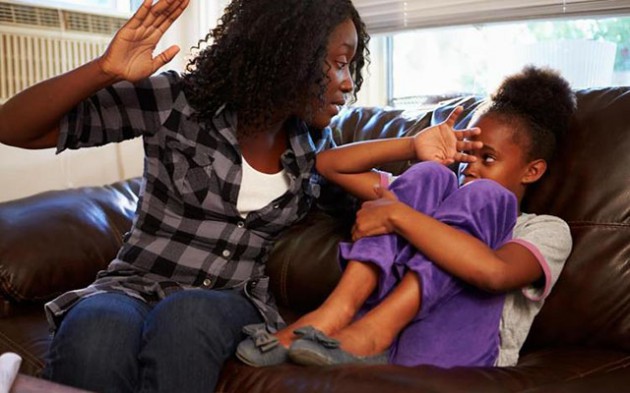Globally, up to one billion children aged 2-17 years – or one in two children – have suffered physical, sexual or emotional violence or neglect in the past year. The World Health Organisation (WHO) said on Friday, February 9, 2018 that it would be joining global efforts next week aimed at promoting solutions, and reinforcing global commitments, to end all forms of violence against children.

WHO Director-General, Dr Tedros Adhanom Ghebreyesus, will participate in “The Agenda 2030 for Children: End Violence Solutions Summit” scheduled for Stockholm, Sweden from February 14 to 15. Also participating will be HM Queen Silvia of Sweden, 30 ministers, the heads of the United Nations Children’s Fund (UNICEF) and the United Nations Office on Drugs and Crime (UNODC), as well as senior officials from development agencies, foundations and nongovernmental organisations.
Violence is the second leading cause of death in boys aged 10-19 years, with a global homicide rate for that age group of seven per 100,000 population. Across their lives, more than one in five children have experienced physical abuse, while more than one in three children have experienced emotional abuse. Around 18% of girls and 8% of boys have experienced sexual abuse.
Dr Etienne Krug, from WHO, says experiencing violence in childhood has lifelong impacts on the health and well-being of children, their families and communities.
“We must not tolerate that half of the world’s children suffer violence each year,” explains Dr Krug, Director of the WHO Department for the Management of Noncommunicable Diseases, Disability, Violence and Injury Prevention. “The sad fact is that we know what needs to be done, yet we do not do it. Violence is not inevitable. Its causes are understood and it can be prevented; only the will is needed.”
“Evidence-based measures include those reflected in the WHO-led “INSPIRE: Seven strategies for ending violence against children”, namely:
- Implementing and enforcing laws (e.g. banning violent discipline and restricting access to alcohol and firearms);
- Norms and values change (e.g. altering norms that condone the sexual abuse of girls, or aggressive behaviour among boys);
- Safe environments (e.g. identifying neighbourhood “hot spots” for violence and then addressing the local causes through problem-oriented policing and other interventions);
- Parent and caregiver support (e.g. through the provision of parent training to young, first time parents);
- Income and economic strengthening (e.g. providing cash transfers to families on the condition that their children attend school);
- Response services provision (e.g. ensuring that children who are exposed to violence receive effective emergency care and appropriate psychosocial support), and
- Education and life skills (e.g. providing children with life and social skills training, including the skills to manage emotions, maintain self-control, empathise with others and express themselves assertively).
Strong evidence shows that the consequences of violence go much beyond death and injury. Because children who are exposed to violence are more likely to smoke, misuse alcohol and drugs, and engage in high-risk sexual behaviour, they are also more likely to attempt suicide and endure a range of illnesses later in the life. These include anxiety, depression, cardiovascular disease, cancer and HIV.
The WHO’s work on violence prevention is reflected in its “Global plan of action to strengthen the role of the health system to address violence” and in its 13th General Programme of Work 2019-2023.
